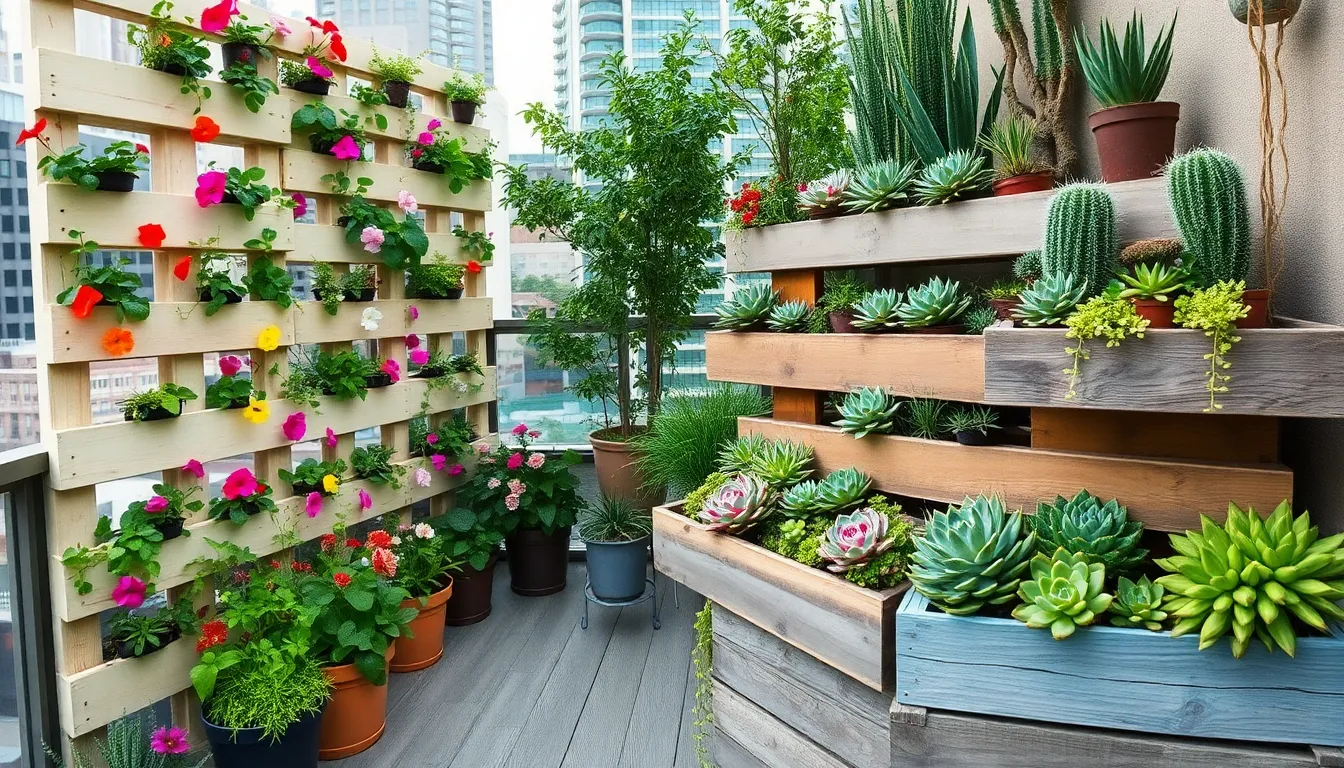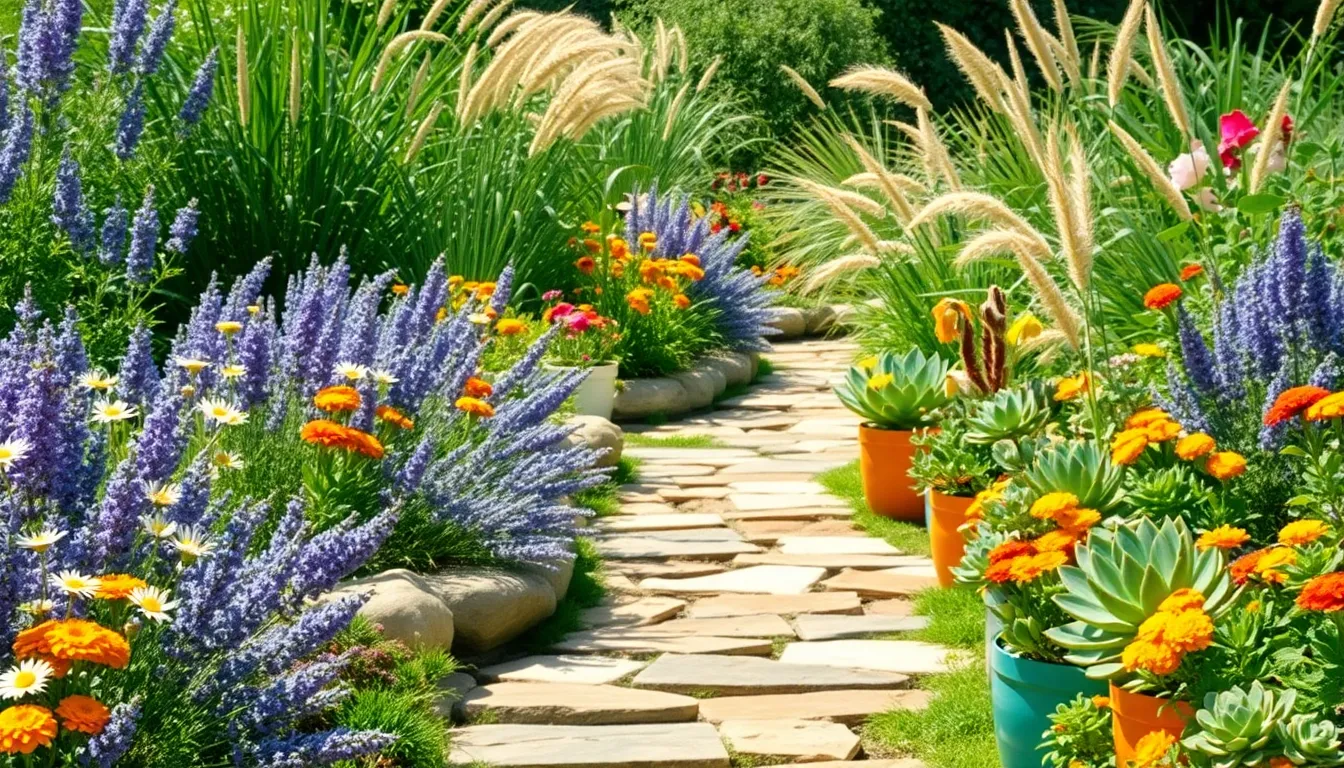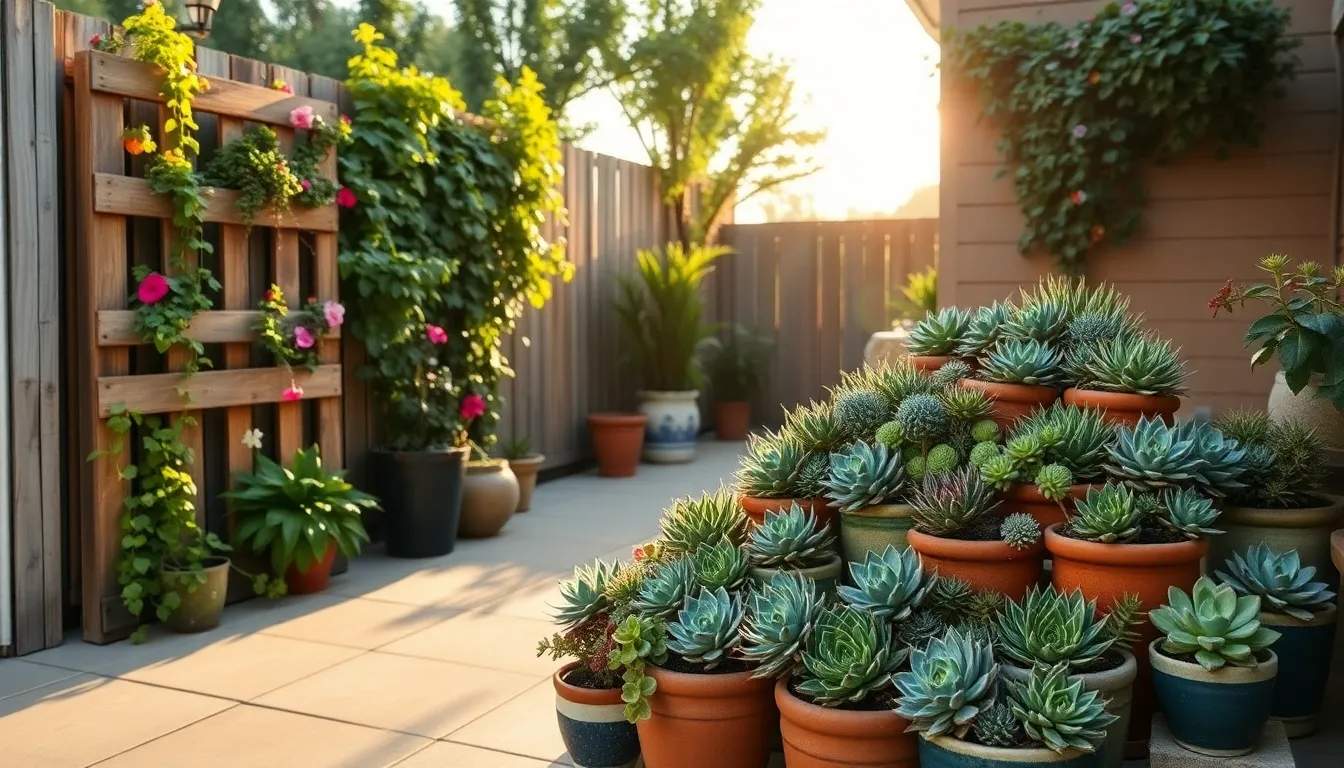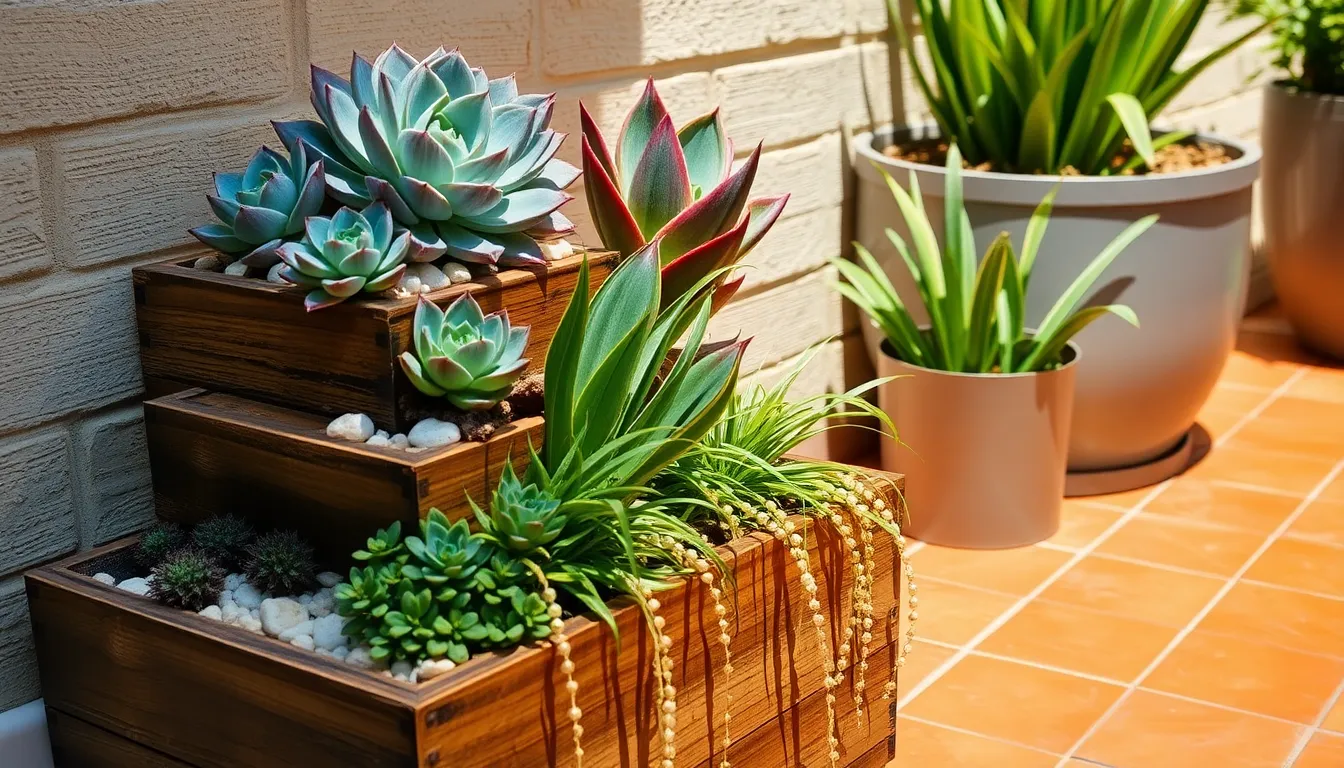In the heart of bustling cities, where concrete and steel often overshadow nature, lies a vibrant opportunity for innovation and creativity in the form of urban gardening. Whether you’re a novice gardener embarking on your first planting adventure or a seasoned horticulturist seeking fresh inspiration, urban gardens offer a delightful way to reconnect with nature right outside your doorstep. The beauty of urban gardening is its adaptability; with a bit of imagination and ingenuity, even the smallest balcony or rooftop can be transformed into a lush oasis.
Understanding the importance of maximizing limited space, this article explores twelve innovative urban garden setups that will inspire and inform your green endeavors. From vertical gardens that climb the walls of your apartment to container gardens that add color and life to window sills, there’s a solution for every urban gardener’s unique space constraints. You’ll discover new techniques and creative ideas that not only enhance the aesthetic appeal of your living environment but also contribute to your well-being and a more sustainable lifestyle.
Dive into the world of urban gardening with us, where you’ll learn how to cultivate everything from fresh herbs to blooming flowers, regardless of the square footage you have available. Our guide is designed to empower you with practical tips and actionable advice, ensuring that your urban garden thrives amidst city life. Embrace the challenge and joy of creating your own green sanctuary, a place where the rhythm of nature coexists harmoniously with the urban pulse.
Maximizing Small Spaces Creatively
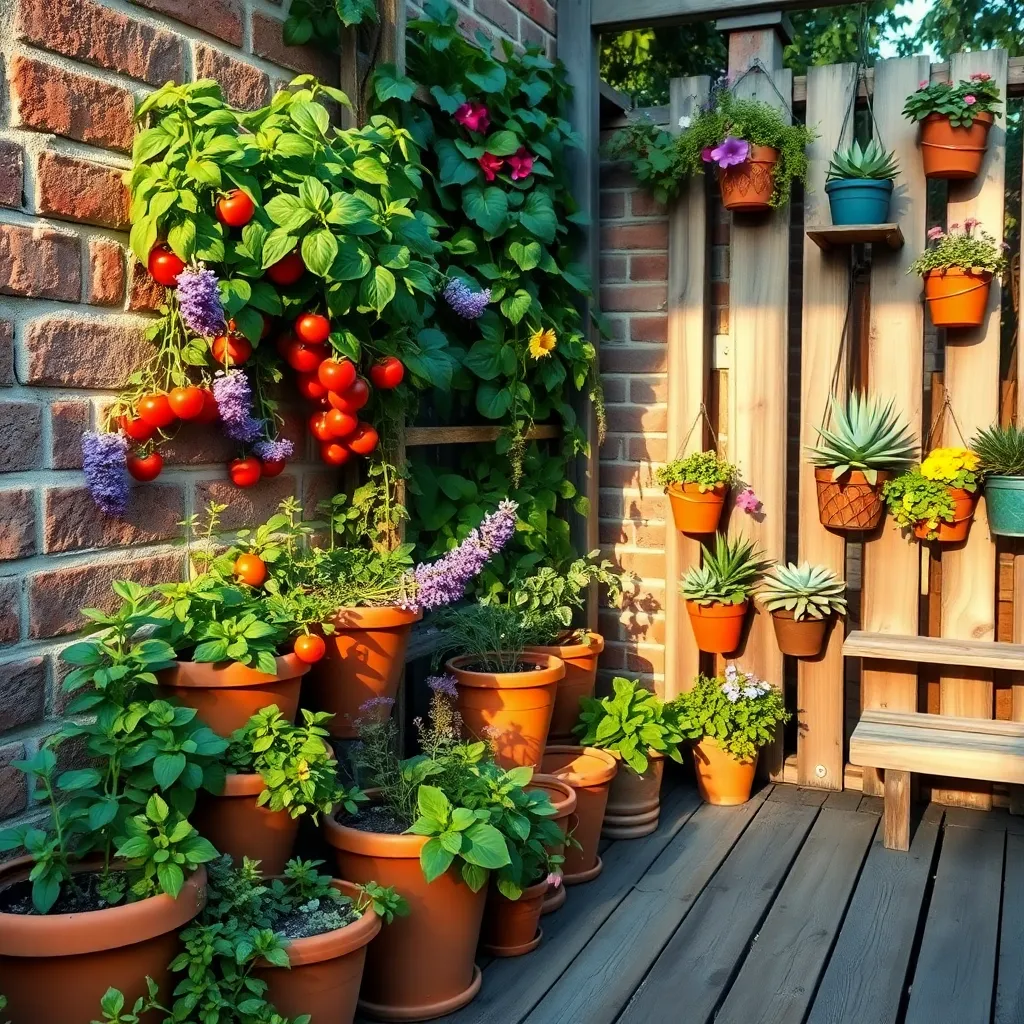
Creating a thriving garden in a small space is all about making the most of every inch. Consider using vertical gardening techniques, such as installing wall planters or using trellises, to maximize your growing area.
To start, choose plants that naturally grow upwards, like beans or peas, and pair them with sturdy supports. Utilize compact or dwarf varieties of larger plants to prevent overcrowding and ensure each plant has adequate light and air circulation.
Invest in high-quality potting soil to give your plants the best start. A rich, well-draining mix will support root development and retain moisture, which is crucial in limited spaces.
For more advanced gardeners, consider companion planting to optimize space and improve plant health. For example, planting basil near tomatoes can enhance growth and deter pests, offering both a practical and flavorful solution.
Vertical Gardens for Limited Areas
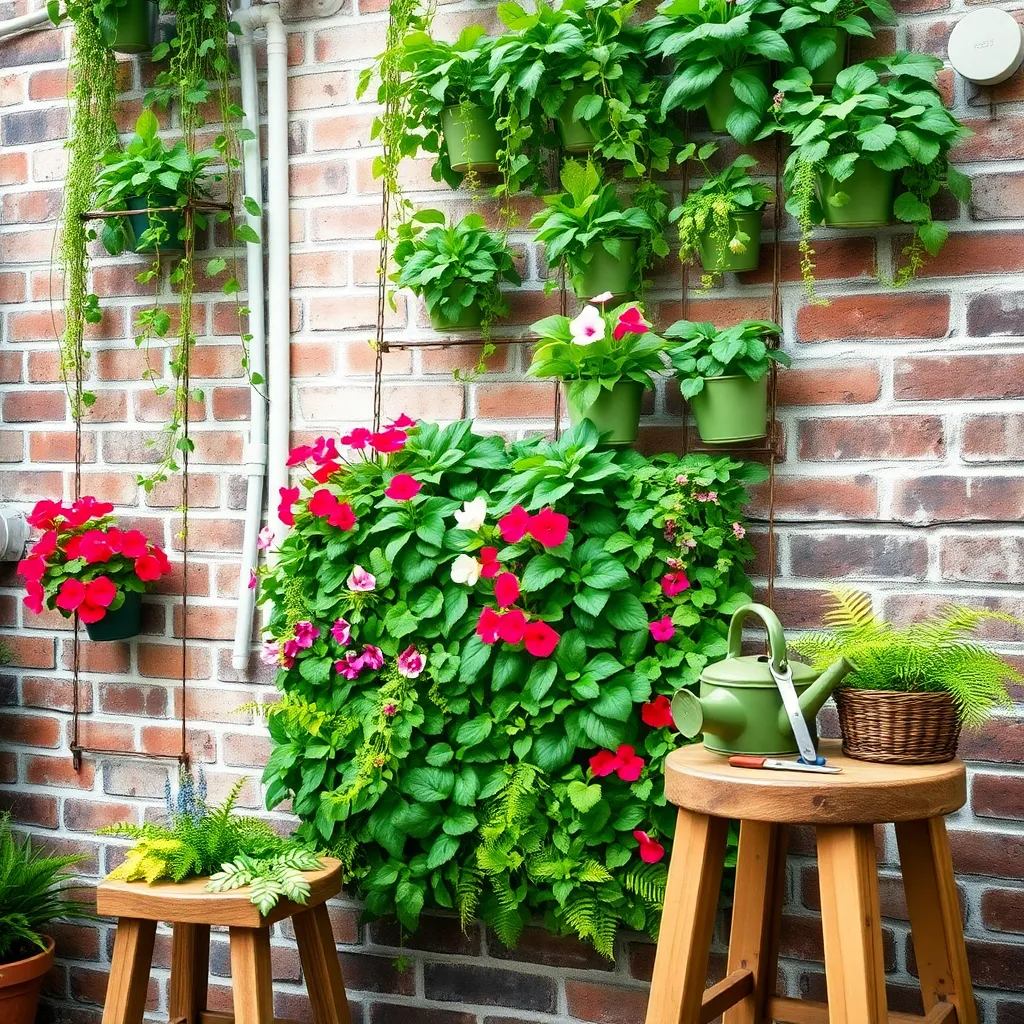
Vertical gardens are an excellent solution for maximizing limited space, allowing you to grow a variety of plants even in the smallest areas. Begin by selecting a sturdy wall or fence that receives adequate sunlight, as this will be the backbone of your vertical garden.
Choose lightweight planters or pockets that can be easily mounted and ensure they have good drainage to prevent waterlogging. Materials such as felt or canvas are ideal for beginners, as they are easy to install and move around.
For plant selection, opt for varieties that thrive in the vertical format, such as herbs, succulents, or strawberries. Herbs like basil, thyme, and mint are particularly well-suited for vertical gardens, as they require minimal soil and can adapt to confined spaces.
Regular care is crucial to ensure the health of your vertical garden. Watering should be done frequently but in smaller amounts—aim for a consistent moisture level without soaking the roots.
Incorporate a slow-release fertilizer to provide necessary nutrients over time, which is especially beneficial for plants with limited soil access. Advanced gardeners might consider installing a drip irrigation system to automate watering and maintain consistent moisture levels.
Container Gardening on Balconies
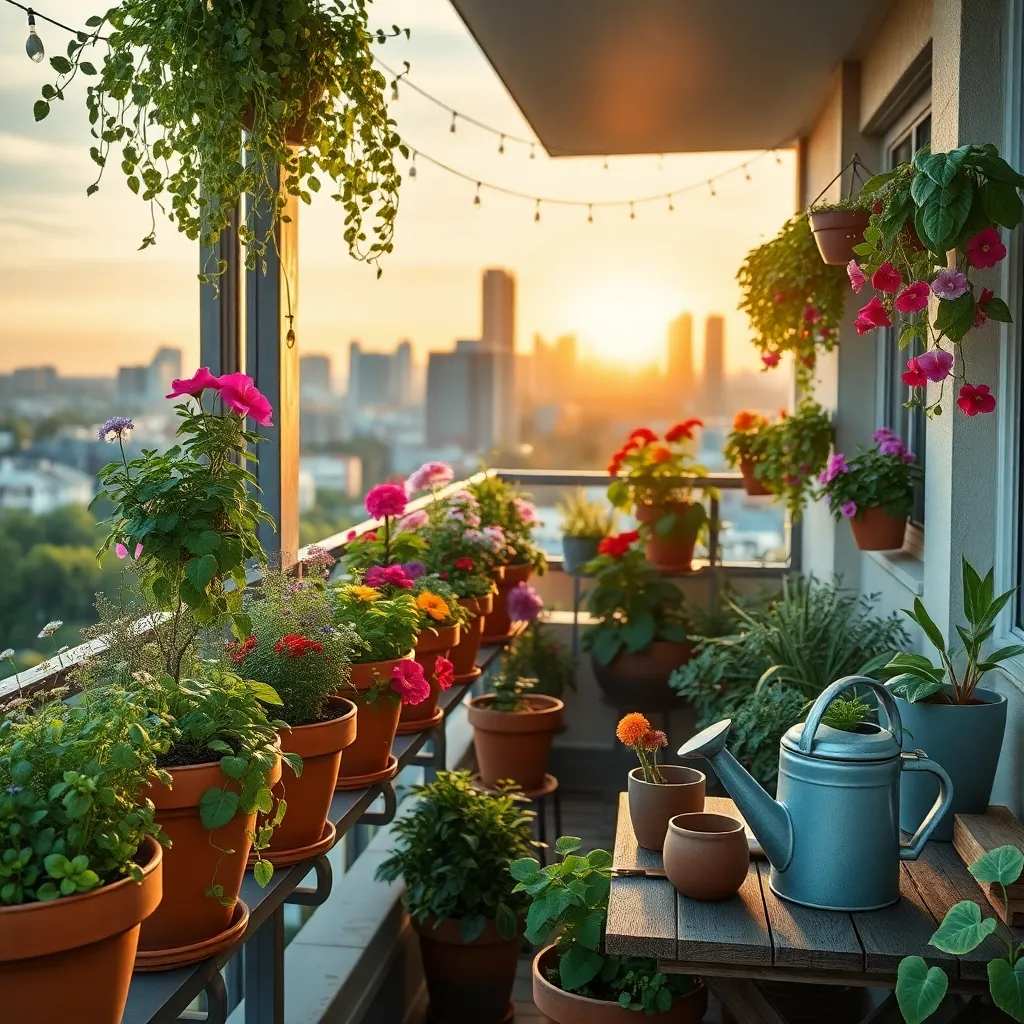
Container gardening on balconies offers a flexible and rewarding way to grow plants in urban spaces. Choosing the right containers is crucial, as they should have adequate drainage holes to prevent waterlogging.
To ensure healthy plant growth, use a high-quality potting mix that retains moisture while allowing for good drainage. Avoid garden soil, as it can compact in containers and hinder root development.
Begin with easy-to-grow plants like herbs, lettuce, or cherry tomatoes, which thrive in confined spaces. For experienced gardeners, try experimenting with dwarf fruit trees or climbing plants using trellises for vertical growth.
Watering is key, and most container plants will need regular watering, especially during hot weather. Consider adding a layer of mulch on top of the soil to help retain moisture and reduce the frequency of watering.
Ensuring adequate sunlight is essential for successful container gardening. Position your containers to receive at least 6 hours of sunlight daily, adjusting for plant-specific light requirements.
Hydroponics: Soil-Free Solutions
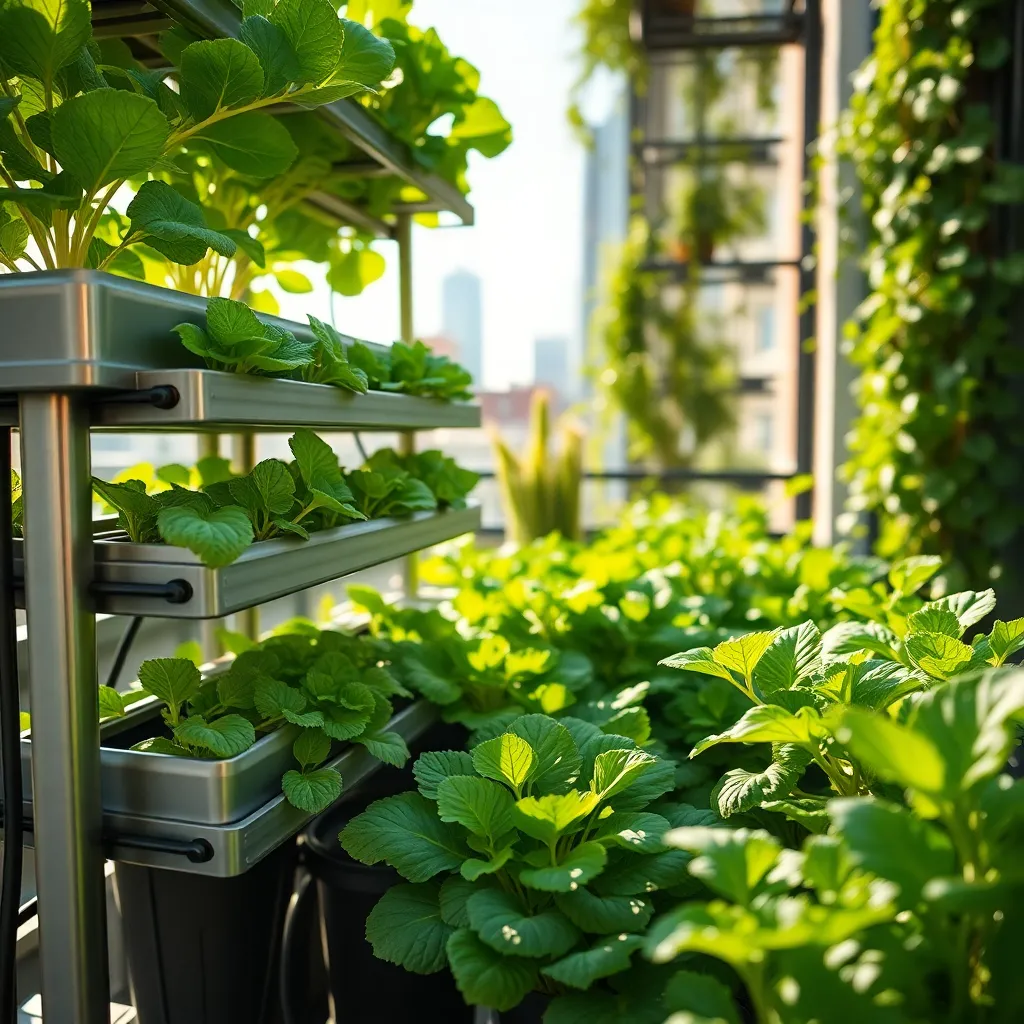
Hydroponics offers a soil-free solution for growing plants, making it an ideal choice for urban environments with limited space. This method involves growing plants in a nutrient-rich water solution, allowing for precise control over the plant’s growing conditions.
For beginners, starting with a simple hydroponic system such as the Kratky method can be effective. This passive setup requires no electricity or pumps, making it an excellent entry point into hydroponics.
Choosing the right plants is essential for success in hydroponics. Leafy greens like lettuce, spinach, and herbs thrive in water-based systems and can produce a bountiful harvest with minimal effort.
More advanced gardeners might explore using aeroponic systems to achieve faster growth rates. These systems use a mist to deliver nutrients to plant roots, optimizing oxygen exposure for enhanced growth.
Ensuring the water’s pH levels are between 5.5 and 6.5 is crucial for nutrient absorption. Regularly check and adjust the pH using a digital meter and pH adjusters to maintain optimal conditions.
Rooftop Gardens: Utilizing Height
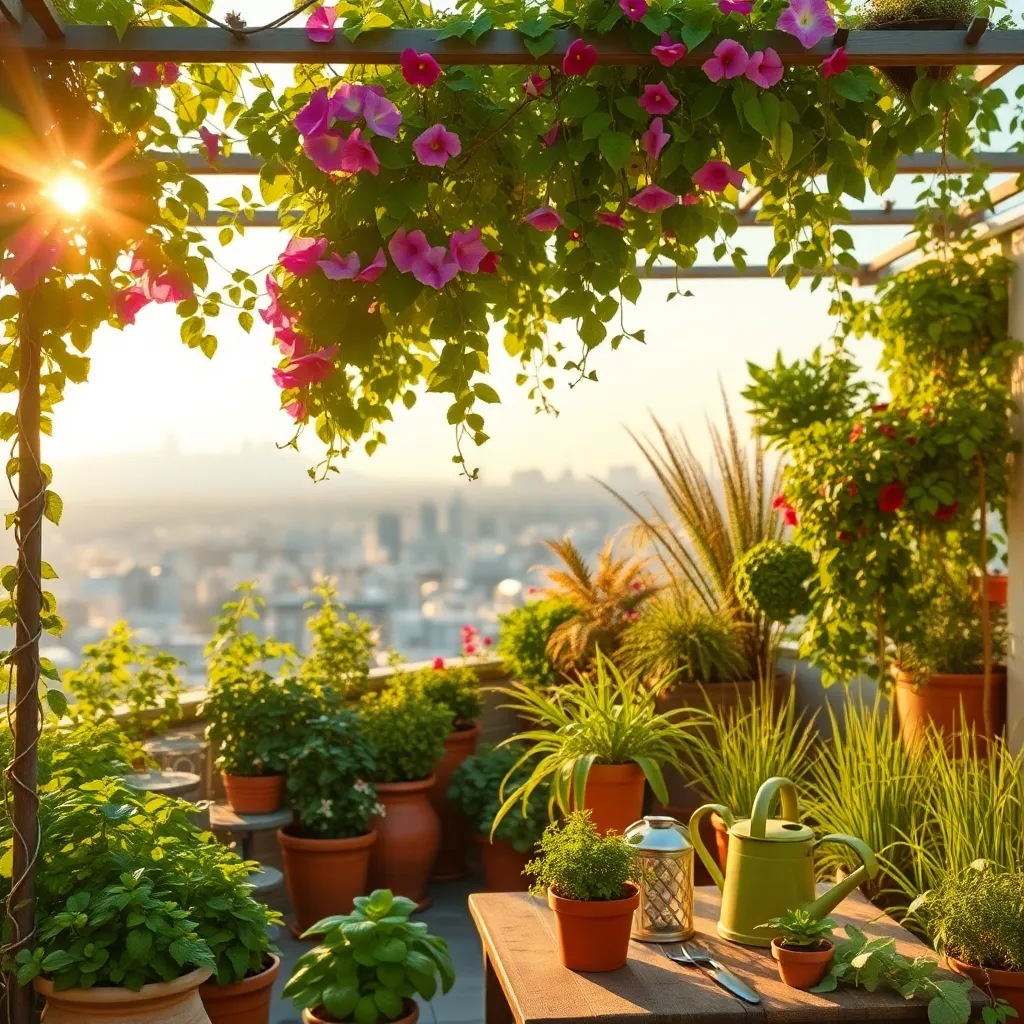
Rooftop gardens offer a unique opportunity to maximize limited urban space by utilizing vertical height. These gardens can transform unused rooftops into lush, productive areas for growing a variety of plants.
To start a rooftop garden, ensure the roof structure can support the added weight of soil, water, and plants. Consult a structural engineer if necessary, and choose lightweight soil mixes to minimize the load.
Begin with hardy, low-maintenance plants such as succulents, herbs, and certain vegetables that thrive in rooftop conditions. Consider using raised beds or containers to help manage soil quality and drainage effectively.
Watering is crucial for rooftop gardens due to increased exposure to wind and sun, which can dry out plants quickly. Install a drip irrigation system or water deeply at least twice a week, ensuring the soil remains consistently moist but not waterlogged.
For more advanced gardeners, incorporating vertical elements like trellises or tiered plant stands can further enhance your rooftop garden’s productivity. Utilize climbing plants such as beans, tomatoes, or even flowering vines to create a stunning, living wall of greenery.
Indoor Herb Gardens for Kitchens
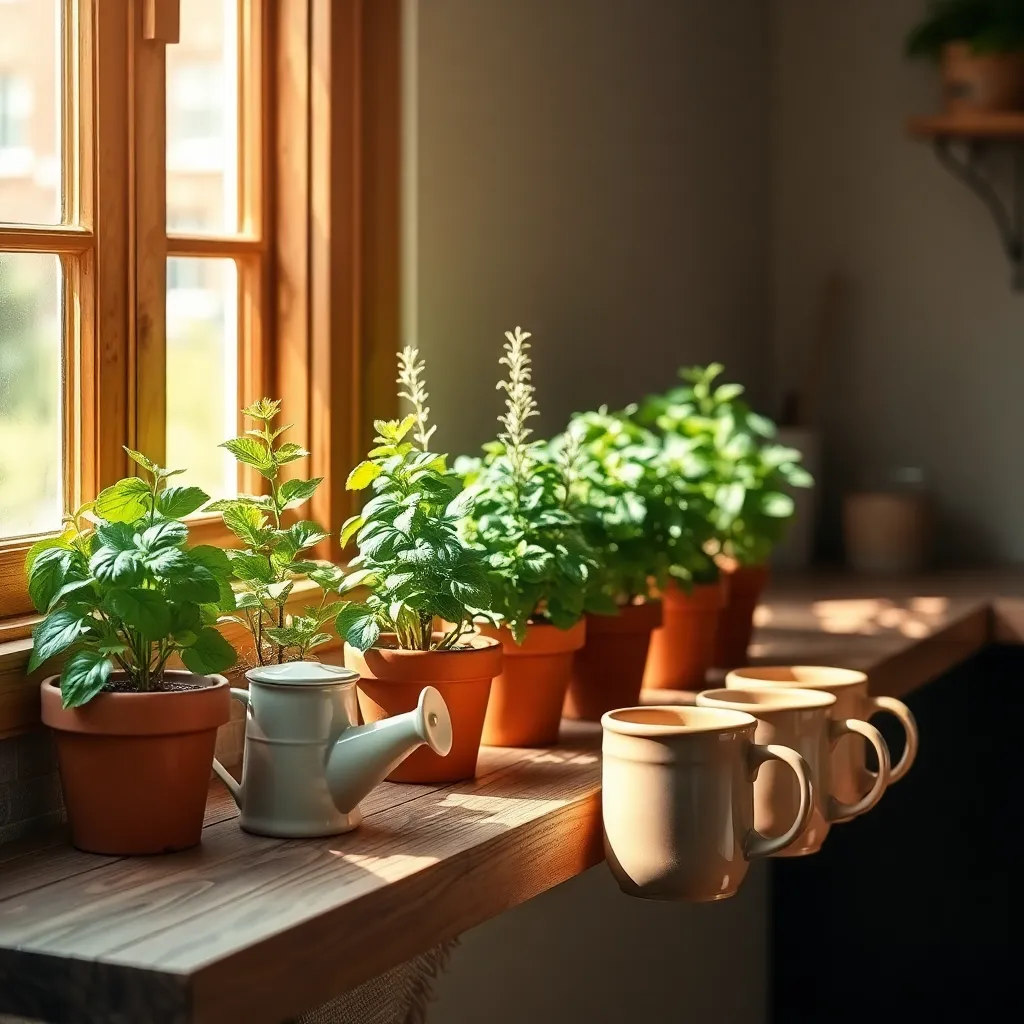
Transforming your kitchen into an herb haven is both rewarding and practical. With just a few pots and some sunlight, you can have fresh herbs at your fingertips year-round.
Begin by selecting herbs that thrive indoors, such as basil, parsley, and mint. These herbs are not only easy to grow but also add vibrant flavors to your culinary creations.
Choose a bright windowsill that receives at least six hours of sunlight daily for your indoor herb garden. If natural light is limited, consider using a grow light to supplement the herb’s needs.
Use well-draining potting soil mixed with a little perlite to ensure optimal growth. This combination prevents water from pooling at the root, which can lead to rot.
Water herbs when the top inch of soil feels dry, but be cautious not to overwater. Consistent moisture is key, and herbs like slightly humid environments, which your kitchen often provides.
For those looking to advance their herb gardening skills, consider implementing a hydroponic system. This method allows you to grow herbs faster and with less soil mess, ideal for urban kitchens with limited space.
Aquaponics: Fish and Plant Harmony
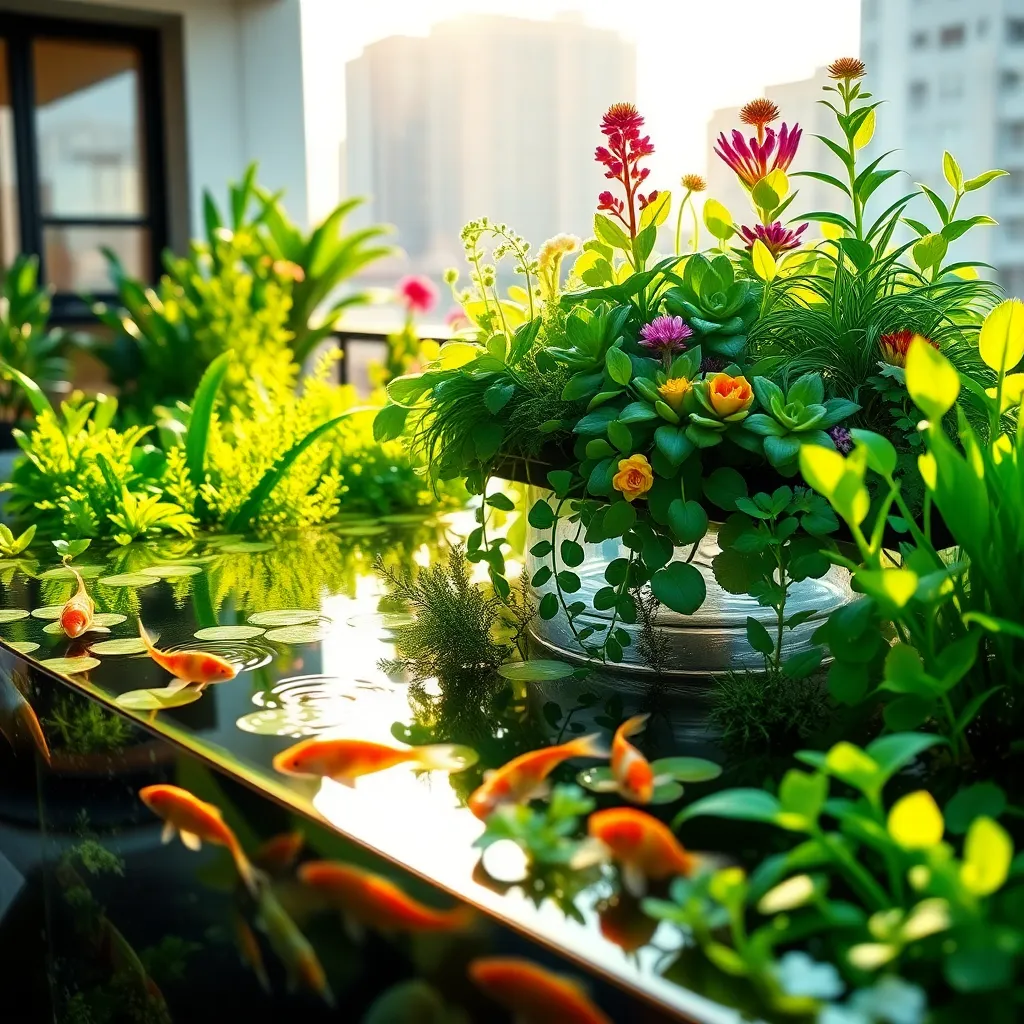
Aquaponics is a sustainable gardening method that combines aquaculture with hydroponics, creating a mutually beneficial environment for both fish and plants. By circulating nutrient-rich water from the fish tank to the plant beds, you can grow a variety of plants while maintaining a healthy aquatic system.
Start your aquaponics setup by selecting fish that thrive in controlled environments, like tilapia or goldfish. Ensure that your system has a proper filtration mechanism to maintain water quality, which is essential for both plant growth and fish health.
Plants such as lettuce, basil, and mint are ideal for aquaponics, as they thrive in nutrient-rich water and have relatively short growing cycles. For optimal growth, position your plant beds where they receive ample sunlight, or use grow lights if your setup is indoors.
To maintain balance, regularly test the water’s pH and nutrient levels, adjusting as needed to ensure both plants and fish are thriving. Advanced gardeners can experiment with adding a variety of plants and fish to their systems, carefully monitoring their interactions to maximize yield.
Community Gardens: Shared Urban Spaces
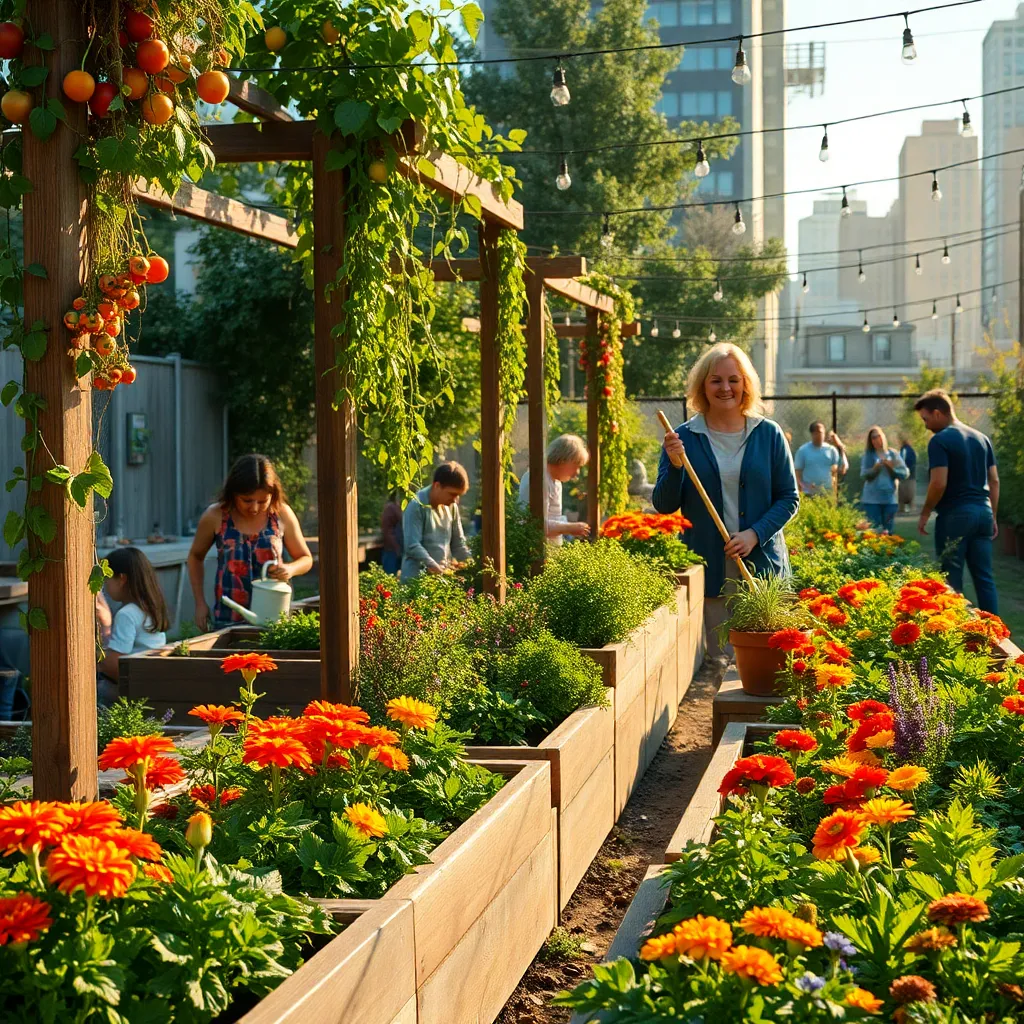
Community gardens are shared urban spaces where individuals come together to cultivate plants, share resources, and foster a sense of community. These gardens are not only beneficial for growing fresh produce but also serve as a platform for learning and collaboration among gardening enthusiasts.
Choosing the right plants for a community garden is crucial for success. Opt for hardy, low-maintenance plants such as kale, radishes, and marigolds, which can thrive in various conditions and require minimal care.
Soil preparation is a key step in establishing a thriving community garden. Before planting, test the soil for pH and nutrient levels to ensure it is conducive for plant growth, and consider amending with compost to improve fertility.
Watering needs can vary significantly depending on plant types and local climate. Implementing a shared watering schedule helps ensure that all plants receive adequate moisture, with most vegetables requiring about 1 inch of water per week.
For those seeking to enhance their gardening skills, community gardens often host workshops and hands-on learning sessions. These events cover advanced topics such as companion planting and pest management, providing valuable knowledge that gardeners can apply both in shared and personal plots.
Smart Gardening with Tech Tools
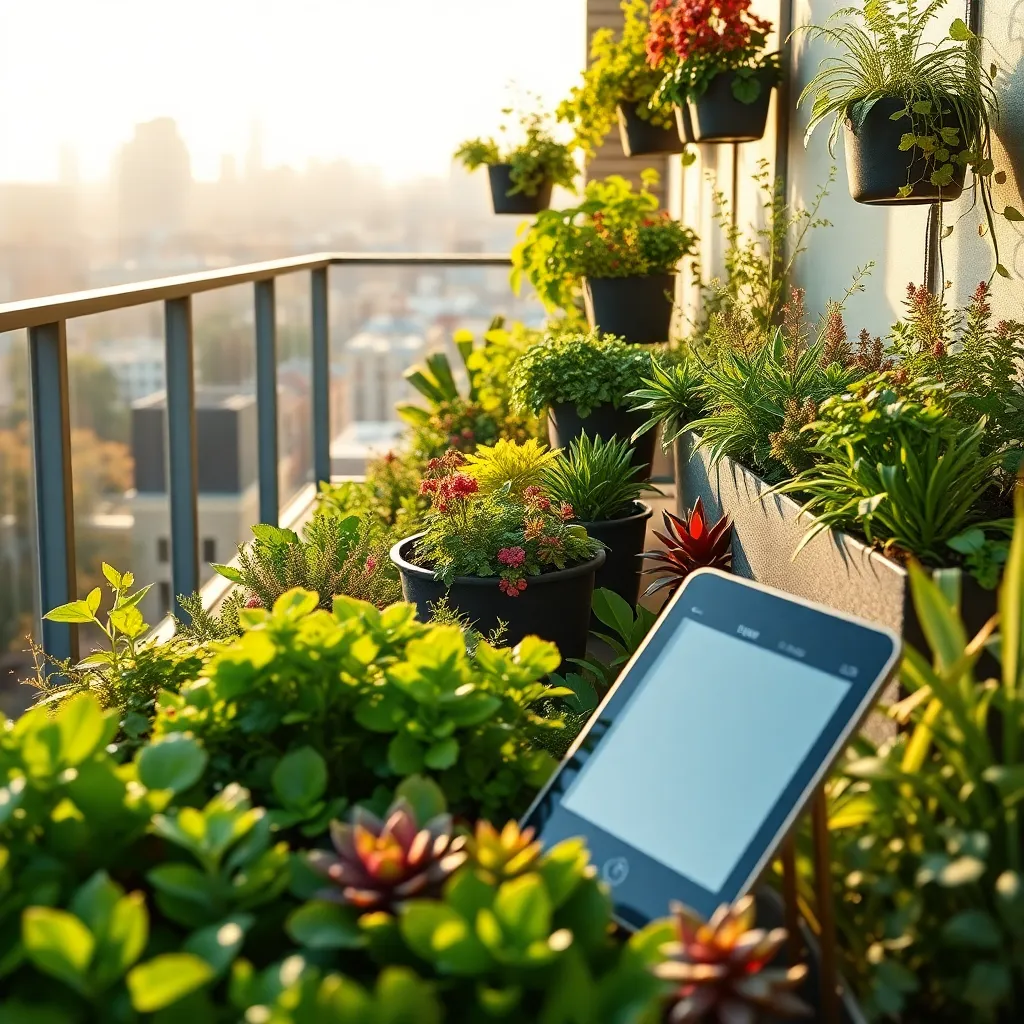
Embracing technology in your gardening routine can significantly enhance your efficiency and plant care success. By integrating smart devices such as moisture sensors, you can ensure that your plants receive the right amount of water, preventing both over-watering and under-watering.
Consider using a smart irrigation system that adjusts watering schedules based on current weather conditions. These systems can automatically reduce water use during rainy periods, helping conserve resources and promote healthier plant growth.
For urban gardeners aiming for precision, investing in a smart plant monitor can be invaluable. These devices track key factors like light intensity, humidity, and temperature, providing real-time data to optimize your garden environment.
Advanced gardeners might explore the benefits of using a drone for aerial garden mapping. This technology can offer a bird’s-eye view of your space, helping to identify problem areas and plan layout changes more effectively.
Sustainable Practices in Urban Setups
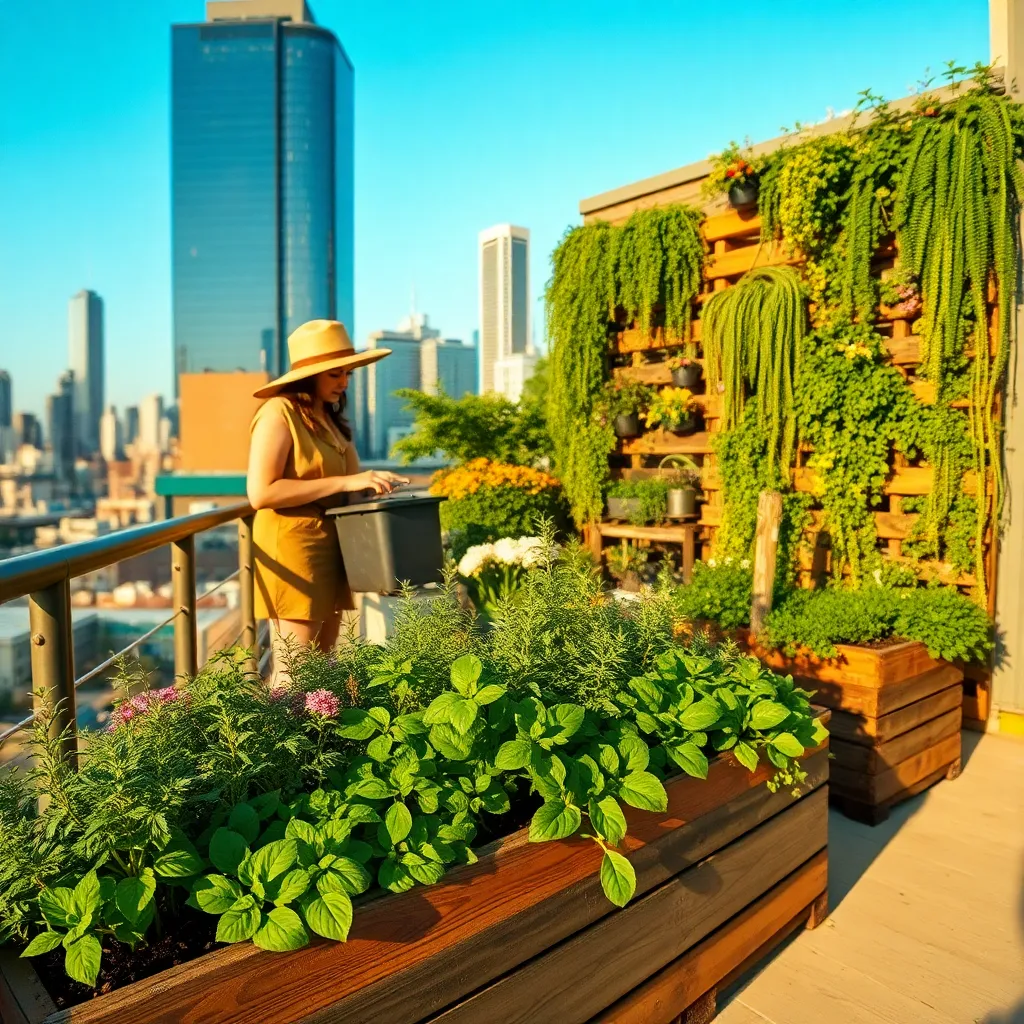
Creating a sustainable urban garden starts with selecting the right plants that thrive in limited spaces and require minimal resources. Opt for native or drought-resistant plants, as they are adapted to local climates and often need less water and maintenance.
To conserve water, consider installing a rainwater harvesting system or using drip irrigation. These systems deliver water directly to the plant roots, reducing evaporation and ensuring efficient water use, which is critical in urban setups.
Another sustainable practice is to use organic materials for soil enhancement. Composting kitchen scraps and garden waste not only reduces landfill contributions but also enriches your soil with vital nutrients, promoting healthier plant growth.
Incorporating vertical gardening can maximize limited space while promoting sustainability. Use recycled materials such as pallets or old gutters to create vertical planters, providing ample room for growing a variety of herbs and vegetables.
Finally, practice crop rotation and companion planting to maintain soil health and reduce pest issues naturally. By rotating crops and pairing plants that support each other’s growth, you create a resilient garden ecosystem that requires fewer chemical inputs.
Choosing Plants for Urban Climates
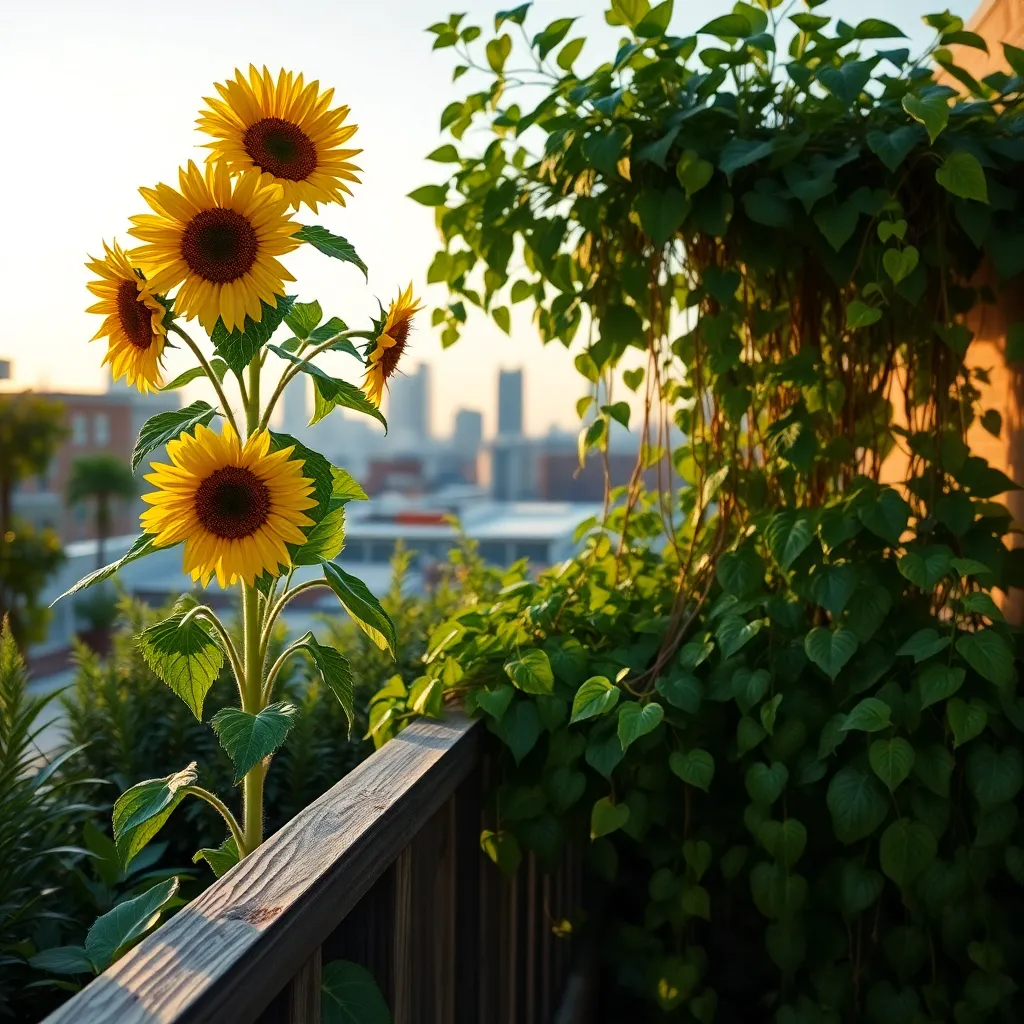
Urban climates often present unique challenges for gardeners, but choosing the right plants can make all the difference. Opt for hardy varieties that can withstand heat, pollution, and limited space, such as succulents, lavender, or herbs like rosemary and mint.
It’s essential to consider the light conditions of your urban space, whether it’s a balcony or rooftop. For sunnier spots, select sun-loving plants like tomatoes and basil, while shadier areas can accommodate ferns and shade-tolerant greens.
Soil quality in urban settings can be less than ideal, so using the right mix is crucial. Choose a high-quality potting mix that ensures good drainage and contains nutrients to support plant growth, and consider adding perlite or vermiculite to improve aeration.
Watering frequency is another important factor, especially in containers that dry out faster than ground soil. Use a moisture meter to monitor soil moisture levels and aim to water early in the morning to reduce evaporation, keeping plants hydrated efficiently.
DIY Projects for Urban Gardeners
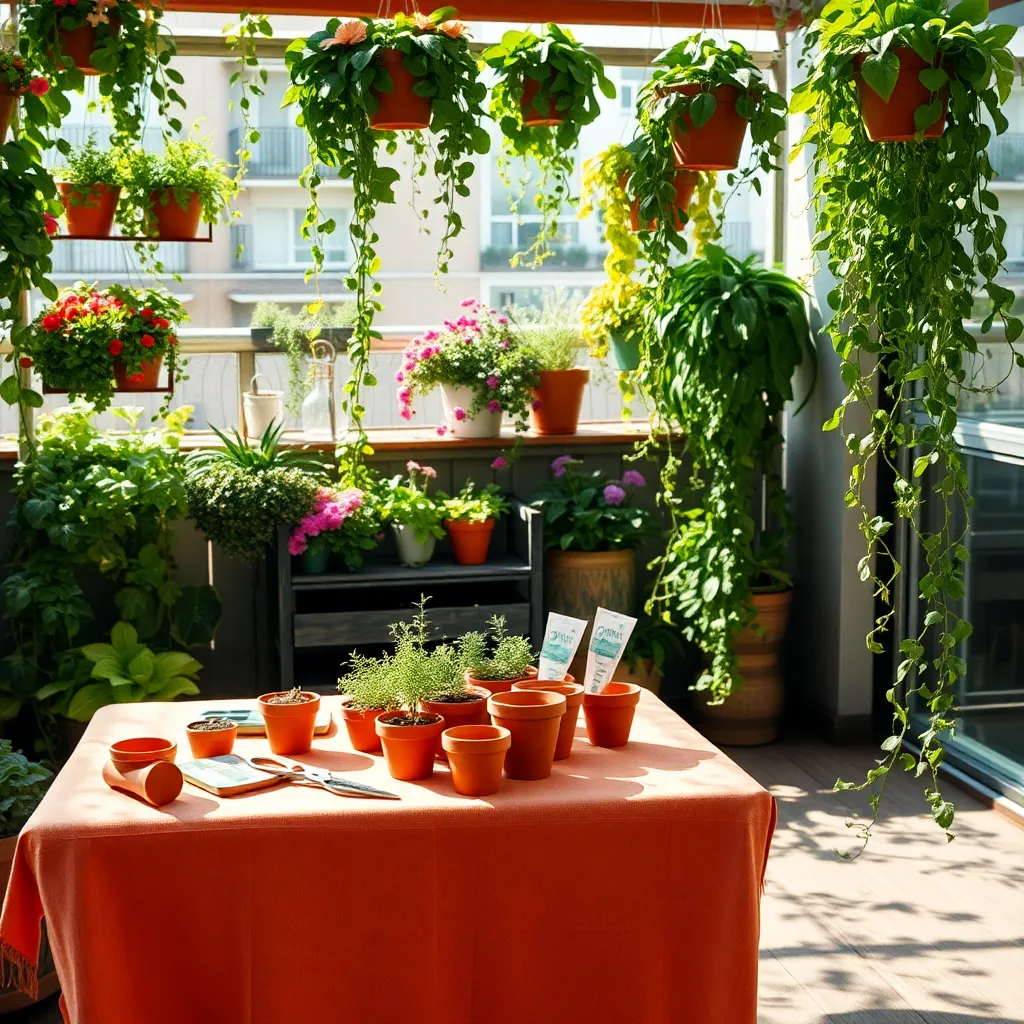
Urban gardening enthusiasts can transform limited spaces with creative DIY projects. Start by repurposing common household items like pallets or crates to create vertical gardens, which are perfect for small balconies or patios.
Consider using fabric shoe organizers to grow herbs and small vegetables, as they provide excellent drainage and are easy to hang. Ensure that each pocket receives adequate sunlight, and water regularly, as these vertical setups can dry out faster than traditional pots.
For those with a bit more space, try building a raised bed using reclaimed wood or bricks. Raised beds offer improved soil quality and drainage, making them ideal for urban settings where ground soil may be less fertile.
Advanced gardeners might experiment with hydroponic systems, which are soil-free and can be set up indoors with grow lights. This method allows for precise control over nutrients and water, promoting faster growth and higher yields, even in small apartments.
Conclusion: Growing Success with These Plants
In exploring the ’12 Innovative Urban Garden Setups,’ we’ve delved into key relationship concepts such as nurturing growth, balancing space, fostering communication, adapting to change, and cultivating patience. Each concept parallels the thoughtful care required in both gardening and relationships, from creating a strong foundation to ensuring consistent nurturing and flexibility in the face of challenges. These setups remind us that relationships, much like urban gardens, thrive on creativity, attention, and the willingness to adapt.
As an actionable next step, choose one concept to implement today—whether it’s dedicating time for meaningful conversation or finding creative ways to show appreciation, make a small change that can lead to significant growth in your relationship.
Remember, just as an urban garden can transform a small space into a thriving oasis, small but intentional efforts can profoundly enhance your relationship. Bookmark this article as a resource to revisit these concepts and continue nurturing your connections. With these strategies, you’re well on your way to cultivating a relationship that not only survives but flourishes with time. Embrace this journey of growth—your relationships are truly worth the investment.

